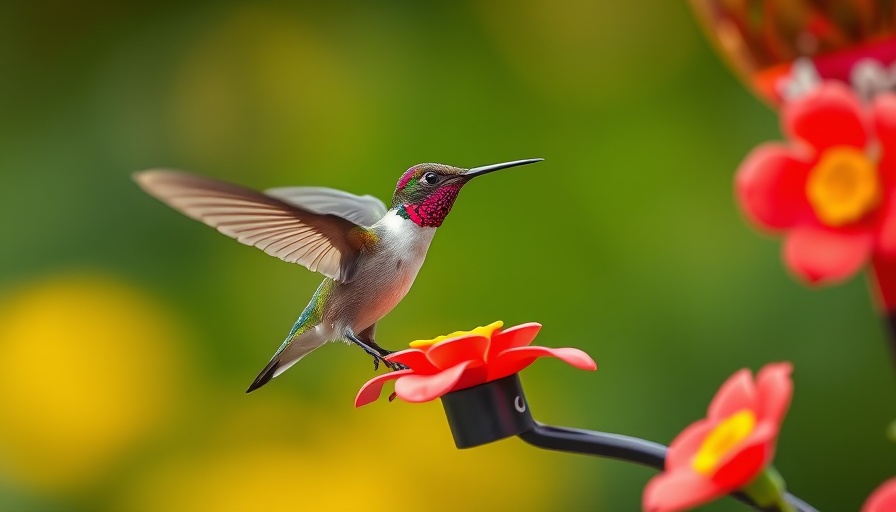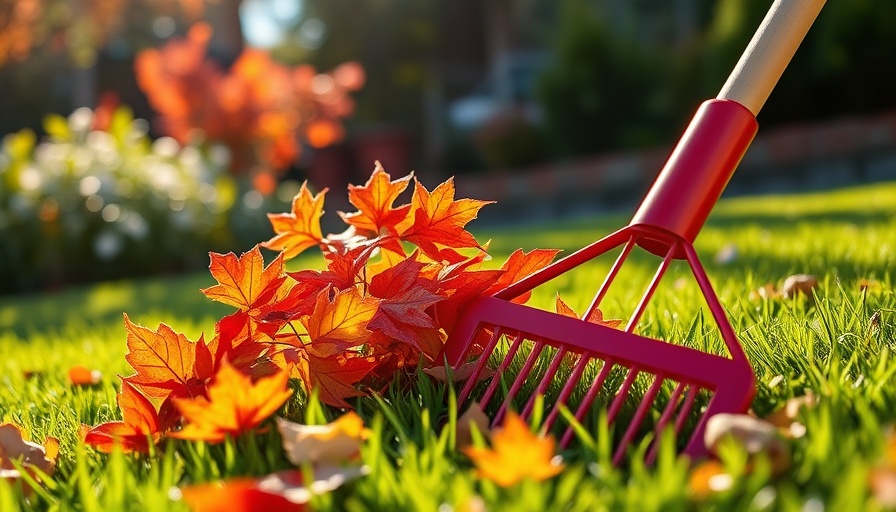
Understanding the Importance of Fall Lawn Maintenance
As the lush greens of summer fade, many homeowners feel inclined to push lawn care aside. Yet, fall is a crucial time for your grass. This season offers an opportunity to prepare your lawn for winter and ensure it thrives in spring. Lawn care expert Craig Elworthy emphasizes, "Every season of lawn care has a different rhythm, and skipping attention during the fall can hinder your lawn’s performance. Preparing now can mean the difference between a resilient and needy lawn later on."
The Common Pitfalls: Why People Neglect Lawn Care
Once summer ends, school pickup and holiday preparations often take precedence. It’s easy to overlook the grass when it seems destined for dormancy. Troy Hake, a seed expert, shares this insight: "Post-summer maintenance distinguishes lawns that will flourish from those that will wither. Giving your lawn focused care now will build strong roots and lay the groundwork for a lush outcome come spring." This teaser pushes gardeners to think beyond immediate appearances.
The Science Behind Year-Round Lawn Care
Year-long lawn maintenance isn’t just a luxury; it is essential for a healthy, appealing yard. According to Chris Ramos, “Lawns often face stress from the heat and heavy foot traffic during summer, making them susceptible to diseases and pests.” By understanding the cyclical nature of lawn care and the specific demands each season imposes, homeowners can create a proactive care regimen rather than a reactive one.
Key Steps for Effective Fall Lawn Maintenance
Fall maintenance isn’t simply about cleaning up; it's about preparing your lawn for the cold months ahead.
- Aeration: Compacted soil needs to breathe. Fall aeration disrupts the compacted roots, allowing water, nutrients, and air to reach them effectively.
- Fertilization: Applying a nitrogen-rich fertilizer—often referred to as a lawn winterizer—helps lawns withstand frost. Rob Palmer advises that this may be the most critical fertilization of the year.
- Overseeding: Even a seemingly healthy lawn can benefit from overseeding. With cooler temperatures, it’s the perfect time to fill in those thin patches.
- Weed Control: Take advantage of warmer fall temperatures to combat summer weeds effectively. Palmer suggests treating these with post-emergents between August and October.
Future Predictions: What to Expect in Spring
By dedicating time and effort to fall maintenance, you’re not just investing in a moment; you’re crafting a future. Homeowners can look forward to a vibrant green carpet of grass when the warm days of spring arrive. The organizational aspect of seasonal lawn care allows owners to anticipate lawn issues ahead of time rather than treat them as they emerge.
Practical Insights: Tools and Techniques for Lawn Success
When gearing up for fall tasks, ensure you have the right tools handy:
- **Aerator:** Can be rented, or you can invest in a core aerator if you have a large lawn.
- **Fertilizer Spreader:** Ensure a consistent and even application of fertilizer across your lawn.
- **Weed Puller:** Helps maintain a weed-free lawn without the use of harsh chemicals.
Taking care of your lawn in fall means better roots, stronger growth, and fewer headaches in the coming months.
The Bottom Line: Take Action Before Winter Sets In
Fall is indeed a time of preparation and protection for your lawn. Taking proactive measures ensures a healthier lawn, mitigating risks associated with winter weather. Overall, investing effort now transforms your yard from a dormant patch to a thriving expanse come spring.
If you want a greener, healthier lawn this spring, don’t wait—start your fall lawn maintenance today! The rewards are worth the effort.
 Add Row
Add Row  Add
Add 



Write A Comment